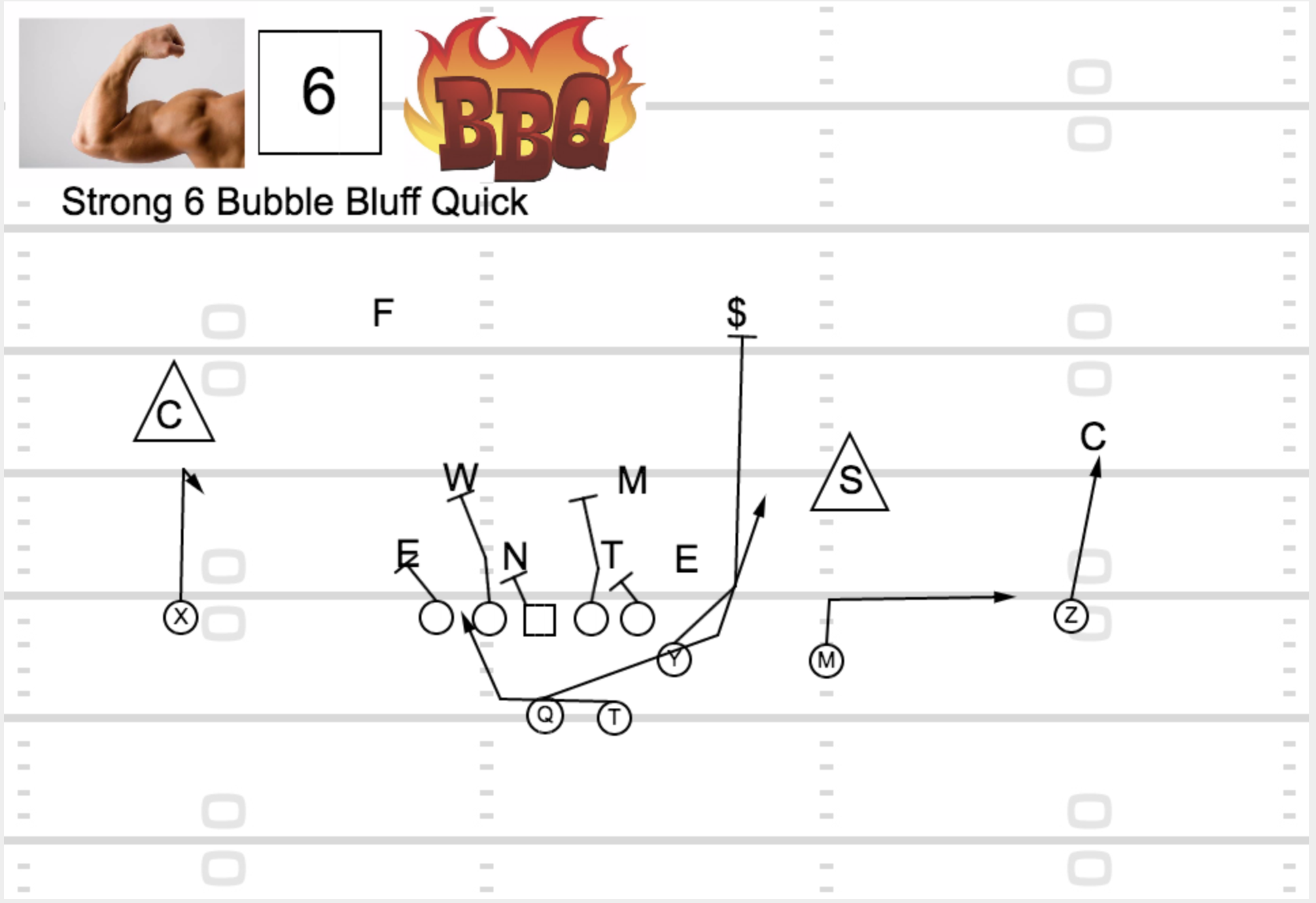I recently made a critical error in an approach to our communication in a game and it cut our production in half.
Starting four freshmen resulted in losing three or four plays a game due to misalignments or assignment errors, which forced me to slow our tempo and try to manage the clock more. Therefore, I decided to switch from no-huddle uptempo to a slower paced huddle up approach.
Until this point, all of our on-field communication has been through picture boards on the sidelines. Our system is complex enough that it would be difficult to decode for a defense, yet it relays everything our players need to know on any single play.
When we moved communication to the huddle and removed the visuals, we inadvertently removed understanding. We removed coaching points associated with the visuals and we forced our players to engage a different part of their brain. In the game, we actually decreased our efficiency and increased the amount of execution errors.
Reflecting on the game and why things went awry, I went deeper in to thinking about learning and found an article in Psychology Today to confirm what I suspected.
As explained in the article “Learning through Visuals” by Dr. Haig Kouyoumdjian, the brain is primarily an image processor. In fact, the area of the brain that processes images is physically much larger than the part that processes words.
What Kouyoumdjian explains here is the power of visuals:
Based upon research outcomes, the effective use of visuals can decrease learning time, improve comprehension, enhance retrieval, and increase retention. In addition, the many testimonials I hear from my students and readers weigh heavily in my mind as support for the benefits of learning through visuals. I hear it often and still I can’t hear it enough times . . . by retrieving a visual cue presented on the pages of a book or on the slides of a lecture presentation, a learner is able to accurately retrieve the content associated with the visual.
So huddling as an offense may have allowed for succinct verbal communication, but it removed the visual retrieval system. Therefore, by using visuals, I can not only teach faster, but create stronger understanding and execution. For us, this means we are back to uptempo and picture boards.
Ultimately, my playbook is a learning system built like the best textbooks and delivered to students, like Kouyoumdjian, does through visuals.
Until now that process was truly a challenge. Taking my diagrams and converting them to a jpeg and then adding and image to the page was a multiple step process involving different software programs.
Just Play Solutions provides the learning system that enhances understanding and leads to better game day execution. Now when the players learn the play, they associate their individual coaching points with that play, which directly correlates to our communication procedures.
Here’s is an example of what a page in our Just Play Solutions playbook looks like:

Our players love this system because it is the most effective for their learning. When they look at our boards, they see the symbol for the formation and the symbol for the play. What’s attached to the symbol is their understanding and all the connections they have made in their learning. As Kouyomdjian notes, “… I hear it often and still I can’t hear it enough times . . . by retrieving a visual cue presented on the pages of a book or on the slides of a lecture presentation, a learner is able to accurately retrieve the content associated with the visual.”
The result is far more powerful than what Chip Kelly envisioned when he initially began the trend in using pictures to speed up tempo. Players gain better understanding because of the way the brain works, it’s proven by science and no one has been able to do this better than Just Play.
